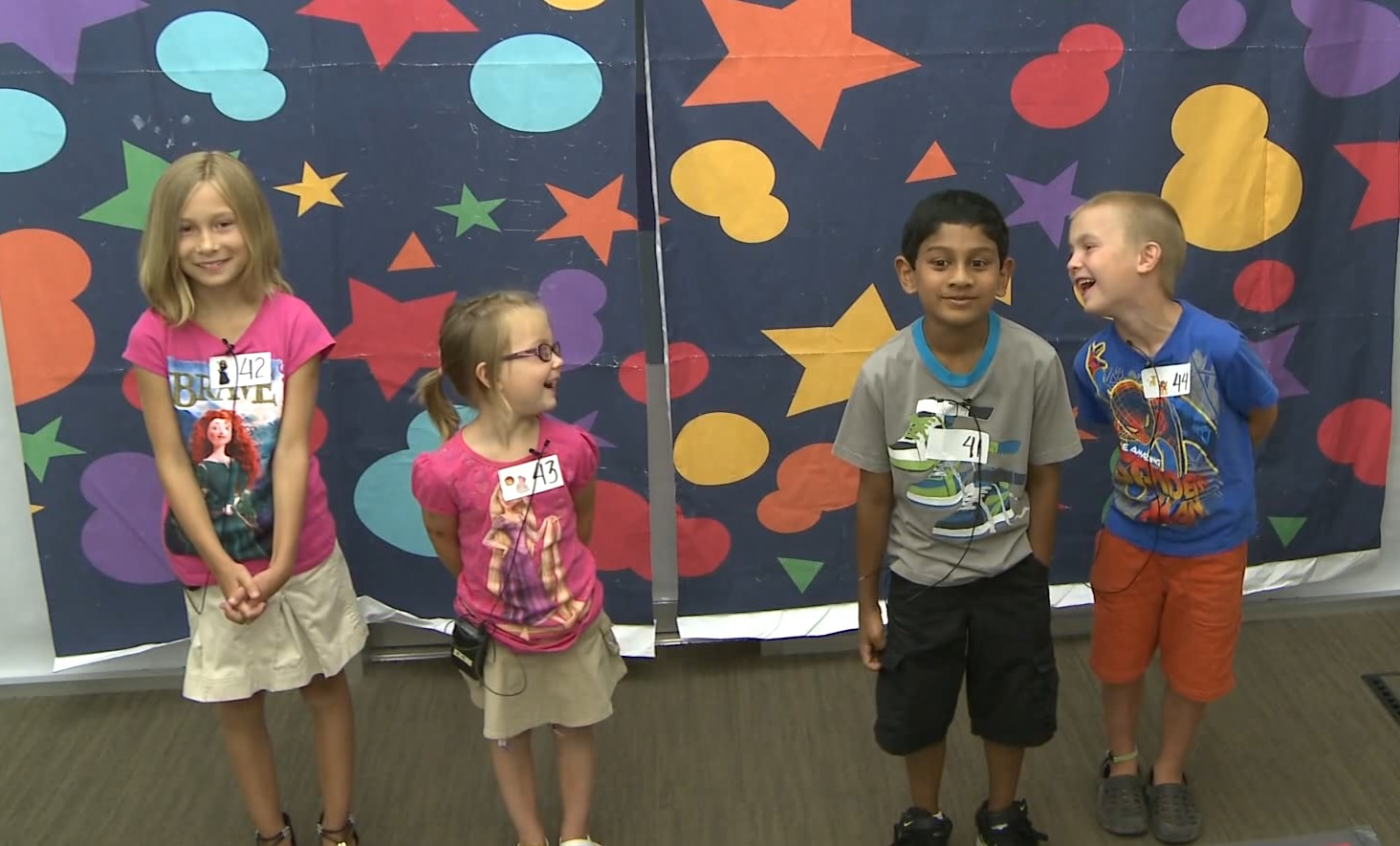Abstract

When the goal is entertainment, designing language-based interactions between characters and small groups of young children is a balancing act. On the one hand, an autonomous character should support the freedom of expression and natural behaviors of children having fun. On the other hand, an autonomous character is only capable of supporting the activity it’s designed for and the behavior it anticipates. In the last five years we have watched this tension between freedom and constraint play out in hundreds of small groups in a variety of activities. Using two of the activities as examples, we chart the ups and downs of turn-taking and other language behaviors along the Fun Curve.
Unrestricted, open-ended, speech-based interaction between humans and machines requires vocabulary and semantics as broad as human knowledge, mechanisms for resolving ambiguity and reference to the physical environment, and intricate rules for turn-taking based on a rich model of the situation, social roles, prior context, history, and culture. The practical alternative to such complexity is to design more narrowly focused dialog agents based on task-specific constraints: the vocabulary and semantics of an agent that gives directions (Bohus et al. 2014), the resolution of reference against a small set of physically-available objects (Smith et al. 2015), the turn-taking rules of a tutor and student (Swartout et al. 2013), the conversational simplicity of search (Bellegarda 2014). Task constraints provide the interaction with structure and predictability, creating a kind of pact between human and non-human conversational partners. The more you (human) limit your behavior to what I (agent) expect, and the better I have anticipated what you want to do, the more successful the interaction will be. When the underlying assumptions of commonality of purpose and content break down, the interaction does as well. A great deal of the art of interaction design lies in minimizing what is, from the agent’s point of view, out-of-task behavior, both by anticipating natural in-task communication and by providing cues to lead participants down the predicted paths.
Anticipation and cueing are particularly important in designing interactions for young children, a population that is limited in its ability to understand and adapt to the bounds of a system when things go awry. We design for children in the age range of four to ten years old – participants with functional language competence but enormous variability in all aspects of language behavior. Most speech and natural language research that focuses on this population has pedagogy (Ogan et al. 2012; Gordon and Breazeal 2015) or therapy (Vannini et al. 2011) as an overarching goal. In contrast, we are interested in language-based character interactions (LBCI) that entertain. Such activities should be novel enough to engage children across the age range, but accessible enough to demand little instruction. They can be brief, but they should be fun. Within these loose criteria, we are free to explore the design space, limited only by imagination, the technologies we can compose or create, and, of course, our ability to predict and channel the language behavior of our young participants. The two case studies presented here might, at first glance, seem to represent very different points in that design space, but they are highly related with respect to the turn-taking problems and challenges they expose.
Copyright Notice
The documents contained in these directories are included by the contributing authors as a means to ensure timely dissemination of scholarly and technical work on a non-commercial basis. Copyright and all rights therein are maintained by the authors or by other copyright holders, notwithstanding that they have offered their works here electronically. It is understood that all persons copying this information will adhere to the terms and constraints invoked by each author’s copyright. These works may not be reposted without the explicit permission of the copyright holder.